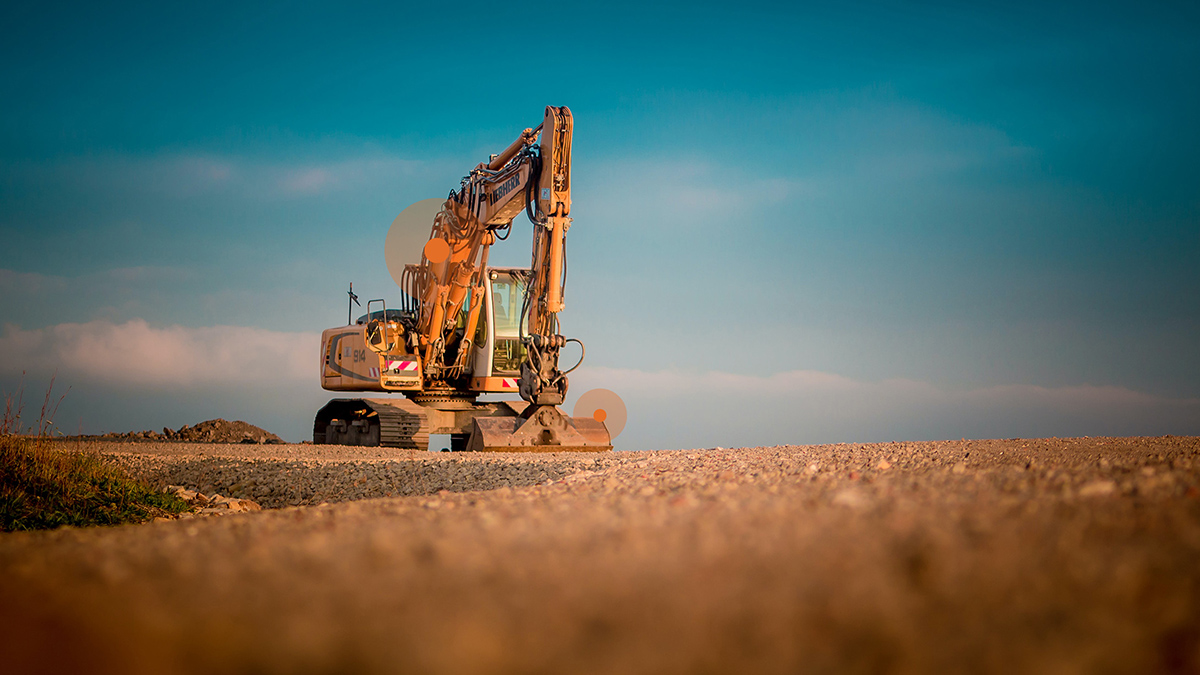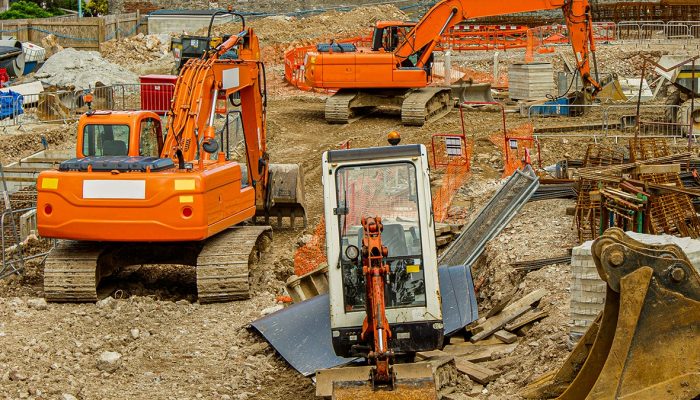In construction asset management, running hours is a term for the actual usage of your machine, attachment tool, or any larger equipment. It can be calculated on a daily basis, in a weekly overview, or even based on lifetime usage.
The benefit of knowing running hours, however, depends on what you want to use the calculated time for.
Here are some of the major benefits, and how you use them to improve your workflow.
1. Use running hours to perform predictive maintenance and service checks on time
Predictive maintenance is one of the smartest ways of using running hours actively in your workflow.
Based on the actual usage calculated from lifetime use or accumulated use since the last service check, you can perform predictive maintenance to your construction machines or tools at the right time.
This way of using running hours for predictive maintenance can be done with both machines, such as excavators, loaders, and trucks, but also with your hydraulic attachment tools, such as buckets, crushers, or drills.
The possibilities are many based on the way you measure the actual usage of your construction assets.
2. Avoid breakdowns of machines and key equipment
You probably have many machines and tools on a project. Make sure all of them are being used appropriately with running hours.
By analyzing the actual usage of key machines and equipment, you will quickly see if certain assets are overused while others are idle most of the time.
From this way of approaching your data, you can see two important things:
First, you make sure that none of your machines and attachment tools at your disposal are being overused. Secondly, you will make sure you do not rent or invest in machines that are not being used anyway.
Simple, but smart.
3. Visualize actual usage and analyze your data
When you know the running hours of a machine, you can gather full reports on the actual use of your assets.
With automatically generated reports on the actual usage of your machines and tools, you have hard data to analyze trends in the workplace and the project you are working on.
Compare machine or tool performance to reveal asset effectiveness week by week. Analyze data in graphs to see trends in the usage over time, such as what happened before breakdowns – or if certain tools are being used at all.
Also, make leadership decisions based on ineffective use or by analyzing running hours of machines on weekends or after hours to reveal if machines are used on private projects.
How do you measure running hours?
Measuring running hours on your machines or non-powered tools or equipment is made possible with robust, hard-to-kill IoT data recorders.
The small, wireless devices are made for the harsh conditions of industry and fit right onto even the harshest machine or attachment tools, easily and without a hassle.
And then they come with the added benefits of giving you asset locations to minimize downtime because of misplaced machines and protect against theft with high rates of recovery.
You can learn much more about how to digitalize your construction business here:
We explore why you should start measuring running hours on your machines and non-powered equipment.
Enjoy benefits such as predictive maintenance, less downtime, and data you can analyze to improve the use of your assets.
Use robust IoT tracking devices to track your data for a small investment with a huge upside.





